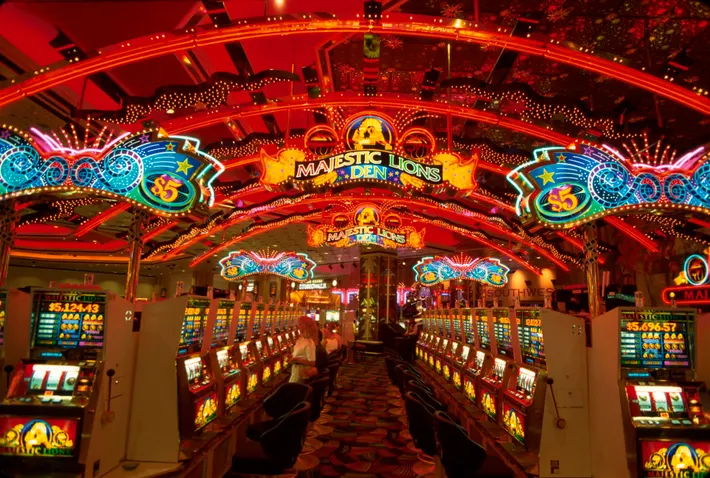
The Hidden Forces Driving Casino Revenue
One of the cornerstones of casino success lies in its ability to retain and attract customers, which can be accomplished in various ways such as increasing customer value or strengthening loyalty ties.
Casinos must develop a diverse retail segment to maximize their potential and respond rapidly to changing market conditions. By doing this, resilience will be ensured while quick adaptation may occur when market conditions shift rapidly.
Table games
Table games are an integral source of revenue for casinos. Not only can they generate significant tax contributions that benefit local economies and create jobs, but table games also generate additional ancillary income through services like restaurants, hotels and shows; further increasing customer frequency of visits while spurring wider spending by the overall gaming market.
However, table game revenue growth is significantly slower than slot machine growth due to their greater labor intensity; they require dealers, extra security personnel to monitor players at tables, supervisors and their salaries taking up an increasing portion of gross revenues.
State gaming taxes and local payouts will make up a considerable share of gross revenues, creating additional challenges to effective table game utilization for management.
Slot machines
Slot machine markets in casinos are among the most lucrative in existence, producing a steady source of income. Popular with casual gamblers who require minimal gambling knowledge but offer instantaneous winnings opportunities, slot machines contribute over 60% of casino profits nationwide.
Casino gaming’s growing popularity has spurred several innovative revenue-generating innovations, including augmented and virtual reality experiences, that attract younger, tech-savvy audiences while also driving additional revenues through food and entertainment services.
Casino gaming’s revenue streams provide many social benefits. Casino tax contributions help state budgets and local economies thrive; Illinois’ transparent allocation of casino gaming funds showcases this commitment to economic optimization while upholding social responsibility.
High-roller jackpots
Casinos are sensory experiences, and their revenue depends on providing customers with an unforgettable journey. Therefore, casino operators must constantly innovate to stay ahead of competition; digital signage technology provides one such solution that can improve customer experiences and increase revenues for casinos.
High-roller jackpots can be an effective way to engage customers and draw attention with eye-catching displays of these massive prizes, not to mention serving as powerful tools for cross-selling and upselling.
Streamline Navigation: Interactive wayfinding displays make it easy for guests to locate restaurants, restrooms and gaming areas quickly and efficiently, thus increasing satisfaction and efficiency. Incorporating personalized promotions based on loyalty program data in order to boost engagement with the guest base and boost participation rates.
Poker tournaments
Poker is one of the world’s most beloved casino games, attracting millions of enthusiasts from every corner. Poker’s widespread appeal ensures a steady flow of players who generate revenue through tournament entry fees and other monetization strategies.
These typically involve charging players a fixed fee per player and collecting rake on each round of play – revenues used to cover costs associated with running the game. While more common among online poker rooms, this form of monetization can also be found at physical casinos.
Poker platforms can generate additional revenues by selling chips and virtual goods, hosting sponsored events to drive brand engagement and provide premium customization features to attract more customers.
Other forms of gambling
Gross Gaming Revenue (GGR), also known as Gross Gambling Revenue, is an important indicator of gambling industry health. It measures total money bet by players minus winnings received; casinos use this figure for strategic decisions and compliance regulations; it can also help calculate profit margins and costs associated with acquisition. Scaleo provides casinos with tools for GGR tracking and performance analysis.
Historic casino benefits to local communities have included increased tax revenue that was invested into public services, but at a hidden cost: problem gambling can lead to other risk-taking behaviors that are highly associated with criminal behavior; casinos also increase alcohol-related fatal traffic accidents in less dense counties – creating a vicious cycle where state economies gain from increased gambling revenues but pay higher costs for treatment and support services for problem gamblers.
